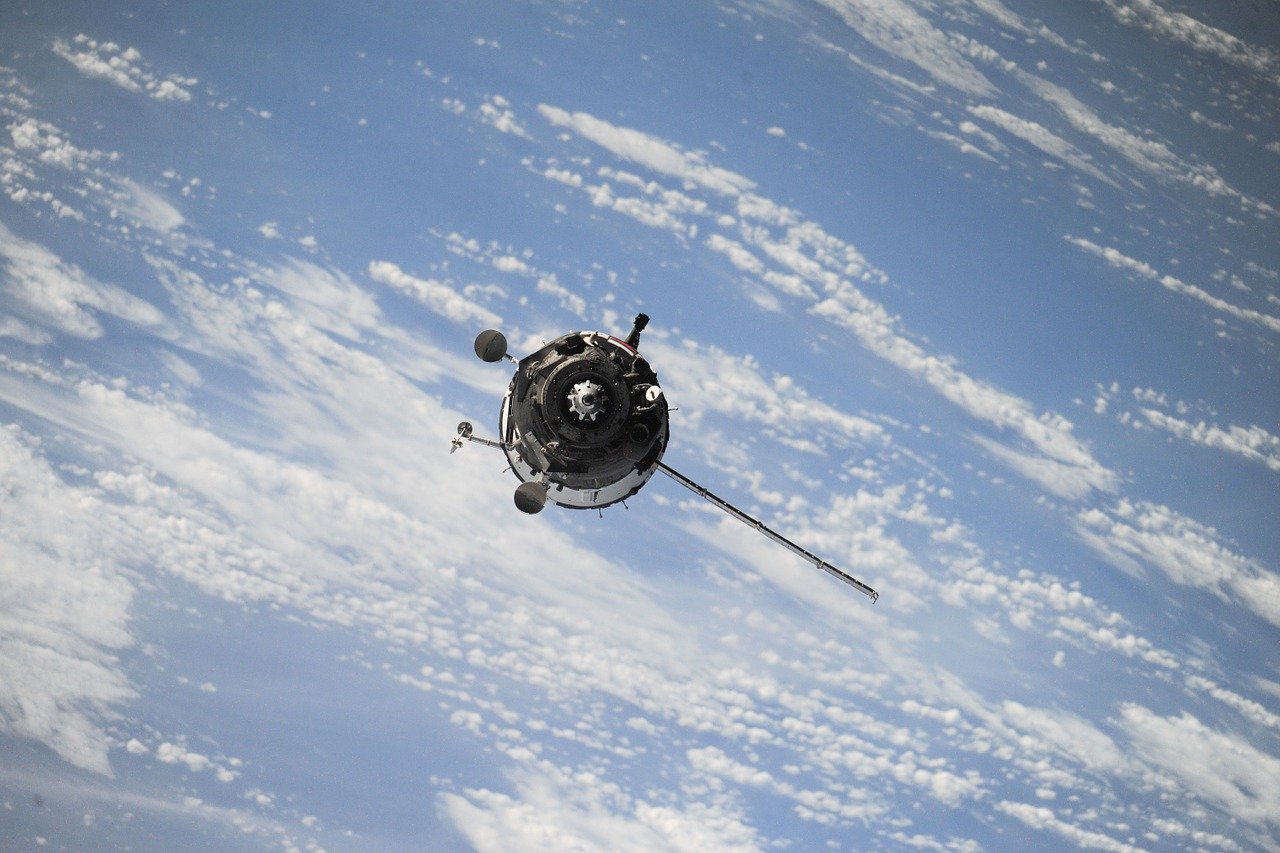Amazon is finally ready to introduce its satellite broadband service, Project Kuiper, as it takes aim at SpaceX’s Starlink. The company is launching its first production satellites into orbit on April 9, 2025, ending a long planning phase and beginning its global internet infrastructure rollout.What is Project Kuiper?Project Kuiper is Amazon’s small satellite constellation, which will consist of 3,200 low Earth orbit (LEO) satellites designed to provide internet connectivity to areas of the world that are underserved or unserved.
Each satellite will deliver broadband service through small, flat-panel terminals located on the ground.Amazon launched two prototype satellites in late 2023. With testing now complete, the company is moving into full-scale deployment.

It has secured 92 rocket launches through Blue Origin, United Launch Alliance, and Arianespace to deliver its full constellation over the next several years.How Is It Different From Starlink?Starlink leads the LEO satellite race with over 7,000 satellites and service across 70 countries. Amazon, starting later, is taking a different tack by leaning on telecom backhaul deals and cloud integration.
Whether that’s a competitive edge or a necessary workaround remains to be seen. Lower-cost terminals: Amazon says its standard terminals will cost under $400 to manufacture, according to a report by The Verge aiming to make them easier to scale than Starlink’s more expensive kits.A focus on enterprise from inception: Amazon has struck deals with Vodafone and Verizon to leverage Kuiper for 4G/5G backhaul in rural areas, which suggests the company has focused on a telecom infrastructure strategy from day one.
Cloud integration potential: With AWS in the mix, Kuiper could eventually serve edge computing and IoT use cases in regions with no cloud infrastructure.Meanwhile, in India, Starlink may soon face a Spectrum Usage Charge (SUC) due to a recent telecom law passed in December 2023. Since Starlink will receive telecom airwaves through administrative allocation under the new law, it might be required to pay SUC, even though the charge was previously waived for spectrum auctioned after September 2021.
This adds a potential regulatory cost that Kuiper may seek to avoid or navigate differently.Where Do Things Stand?The first 27 production satellites are to launch on April 9, 2025. Amazon now plans to begin beta testing later in 2025, pushing back from its original goal of late 2024.
The company has built a dedicated satellite production facility in Kirkland, Washington, to scale manufacturing, is growing its Kuiper workforce, and is actively engaging in regulatory filings and coordination with the FCC.So far, Amazon hasn’t disclosed pricing or performance metrics comparable to what Starlink offers. While SpaceX launched early and refined its service publicly, Amazon has kept Kuiper largely behind closed doors.
Why This MattersKuiper is Amazon’s big swing at telecom infrastructure, not just satellite broadband. But the outcome is far from certain. Unlike Starlink, which launched fast and learned in public, Amazon has kept Kuiper mostly under wraps.
That raises real questions: How far along is the tech? Can it scale? Why has it been so quiet?Amazon is running against the clock. It needs to launch half of its 3,200 satellites by mid-2026 to stay within FCC requirements. That’s a tall order, especially for a company that’s just now getting its first production batch off the ground.
The sub-$400 terminal promise also feels optimistic, considering the hardware and performance demands.Starlink has a major lead in both scale and experience. Kuiper isn’t just a challenger.
It’s starting from zero while trying to play catch-up with a player that’s already operating in over 70 countries. Amazon has the resources, no doubt. But execution is the real test.
The coming months will show whether this is a serious network in the making or just another ambitious tech project stuck in orbit.Also read:Starlink Likely To Pay Spectrum Tax In India: What It Means for Satellite InternetJio and Airtel tie up with Starlink for satellite internet connectivityIs Satellite Internet a Viable Business in India? Pricing and Policy ConcernsThe post Amazon’s Project Kuiper: Can It Outpace Starlink in the Satellite Internet Race? appeared first on MEDIANAMA..
Technology

Amazon’s Project Kuiper: Can It Outpace Starlink in the Satellite Internet Race?

Amazon is set to launch its Project Kuiper satellites in April 2025, aiming to rival Starlink in global broadband access.The post Amazon’s Project Kuiper: Can It Outpace Starlink in the Satellite Internet Race? appeared first on MEDIANAMA.














